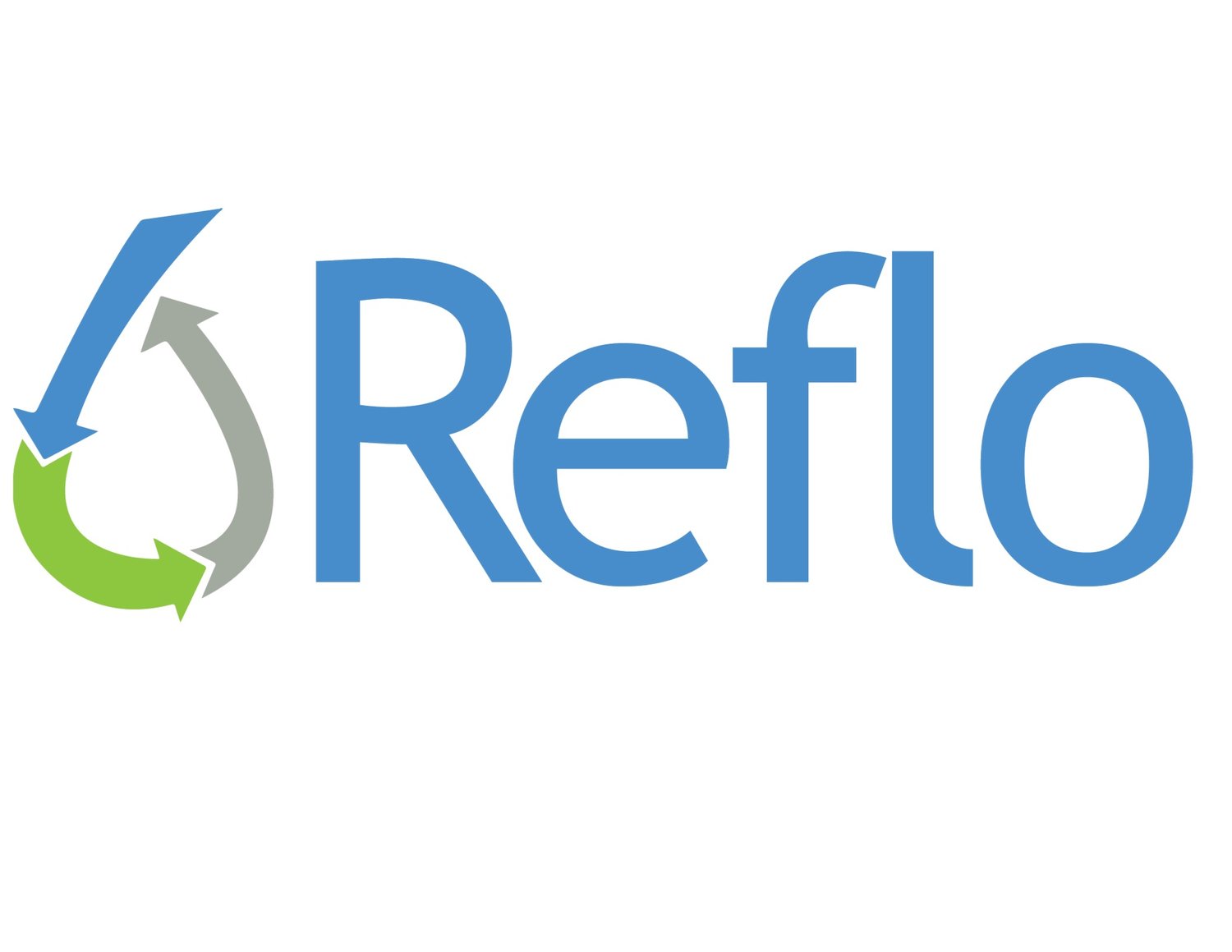Testing the Waters Student Water Quality Data
Two web maps sharing student data collected in the Testing the Waters program sponsored by Riveredge Nature Center are linked below on this page, one for Spring and one for Fall.
Please read these notes on the data before using the maps.
Sites are included if data was reported for at least three years during at least one of the five-year time steps between 1990 and 2019. The maps were updated in 2019 based on the latest complete annual reporting (the 2018 reporting season).
Data are organized spatially based on the testing location (or best approximation) along with the site number (e.g., UM 5 in the example on this page). In a few cases where the sampling locations were listed as different sites but were very close in location and character, these data have been included together as part of one time series. These cases are noted in the header and reference the two relevant sites.
In Testing the Waters, students test for nine water quality parameters (dissolved oxygen, fecal coliform, pH, biological oxygen demand, temperature change, phosphorus, nitrogen, turbidity, and suspended solids). Click on the map points to open each site’s placemark. Nine clickable tabs in each placemark contain the appropriate time series for each parameter. In a few cases, some parameters had insufficient data These cases are noted.
It is important to note that the plots track Q values for each parameter, not raw data collected. For more on how Q values were calculated and reported, see this resource. The units for the measured parameter are indicated in the header (e.g., Q value from % saturation in the example on this page).
Although the data are represented with a colored area curve beneath the data points, this choice was made to assist in visually communicating the data and any trends. It would be more appropriate to represent these data in a scatter plot and render a best-fit curve trendline. We chose not to do this because the consistency of data varies widely from site to site and across time. Therefore, comparing such trendlines across multiple locations for the entire extent of the time series could compound misinterpretation rather than clarify patterns. We suggest you discuss the nature of the data quality with your students in addition to discussing trends or patterns. For similar reasons, we did not include error bars or other statistical manipulations.
We caution against interpreting the area under the curve as any meaningful quantity. The colored area under the data points is a simply an artifact of our choice to visualize these data sets. There are too many temporal gaps for this area to be meaningful when compared from site to site. In some cases, schools also collected data more than once per season. We choose to show all these points, and the resultant discontinuities are another reason that the area under the curve cannot be interpreted meaningfully.
It should be noted, however, that each plot’s Y-axis remains a scale 0-100 for each parameter’s Q value. This choice allows for meaningful discussions across the nine parameters at one site and/or among sites upstream and downstream. It also allows for discussion on how each Q value impacts the total Water Quality Index score for the site as a whole.
The highlighted areas beneath the data points indicate the boundaries of various watersheds.
Click here for more on Testing the Waters and to request access to the original data sets.
Click here to access the annual Milwaukee Riverkeeper watershed scorecards, one way to provide greater context.
The web maps below are appropriate for viewing in any web browser and can be viewed using Chromebooks.
Spring Data Web Map
For a richer experience of the data enabling cross-connections with other basemaps and features affecting water quality, please download Google Earth Pro on Desktop and access the Testing the Waters Deeper Dive via the Milwaukee Community Map. Google Earth and the Map are both free resources, but you need to download them to your Mac or PC computer, not a Chromebook. For a webinar on how to navigate and manipulate the Milwaukee Community Map, please see the video below.
Special thanks to Mary Hollebeck and Carly Hintz.
See the Testing the Waters Deeper Dive in the Milwaukee Community Map in Google Earth Pro on Desktop for a fuller exploration of the student data and how it compares to features like dams, outfalls, and streamflow.



